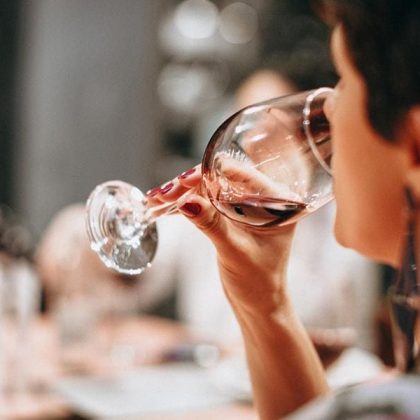A history going back to the 17th century
The first wine bottles appeared at this time. France traded with England, which was the leading importer of its wines. Bottles offered the best solution for wine transport. The capacity of wine bottles was chosen in the region of Bordeaux. The English used their own unit of measurement: the gallon, which is equivalent to 4.54 litres. Winegrowers made barrels designed to hold fifty gallons (approximately 227 litres). This volume could fill three hundred 75 cl bottles.
The first totally airtight vessel
In the 18th century, the English developed a thick black glass bottle, which was used with the recently invented cork stopper. For the first time, unlike barrels, this bottle enabled a totally airtight seal. Exported French wines could now be well preserved during transport.
The capacity of 75 cl was set in 1866. This was chosen because a case of six bottles (4.5 litres) was equivalent to the gallon in the imperial system used in Britain, which was a major buyer of French wine.
The crucial role played by bottles in the development of wine
Without the bottle, champagne would not exist, as the ‘prise de mousse’ (secondary fermentation that produces effervescence) can only take place in pressure-resistant containers. Nor would wines for laying down ! With the use of bottles, winegrowers realised that the taste of wine improves with age. They began to develop more sophisticated wines, with subtler and more complex aromas and flavours.
A more environmentally-friendly design
In recent years, as part of our environmentally-friendly approach, we have been finding ways to lighten our bottles.
“For a long time, we had been thinking about our bottles, which were heavy to transport and produce, and had a significant carbon footprint, even though glass can be recycled over and over again”
Valérie Vincent, Head of Marketing and Communication.
Many of Gabriel Meffre’s bottles have a specific emblem:
“We wanted to find a solution to lighten our bottles without losing our emblems. Working with our glassmaker partner enabled us to create the first bottle with a visually identical emblem and shape, so as not to affect the overall quality of the product,”
adds Valérie.
“Following a year of work and testing, we were able to develop the lightest emblazoned bottle on the market, weighing 410 g, which represents a saving of 250 tons of glass each year.”
Maison Gabriel Meffre’s approach does not end with bottles and covers the entire production chain. Today, energy savings and environmental protection are core parts of our Socially Responsible approach.
Rubrics
Découvrez plus d'articles...

The vineyard and wine cellar in winter
What happens in the world of wine during the winter period? After the hustle and bustle of autumn, the harvests and vinification process, comes winter, a season devoted to maturation and looking after the vines.

In 2018, we will continue to strive to be a Responsible Company!
In this new year, our wish to help build a world that respects both mankind and the environment is as strong as ever. This can be seen through the number of our projects for 2018 that are closely related to our convictions as a Responsible Winery. We’re delighted to be given the opportunity to tell you about them!

Discovering the art of pairing wine and chocolate
A morsel of white chocolate, Black Forest gâteau, pieces of stem ginger wrapped in chocolate, or Mexican chicken in chocolate sauce—all very appetising, but which wine would you serve with each one? Food and wine pairings factor in a combination of elements, such as the terroir, our powers of concentration, the circumstances of the tasting session, our sense memory and more. We guide you through some of the basic principles of this fascinating world!







